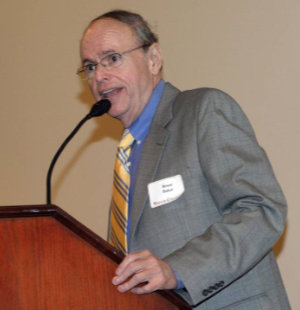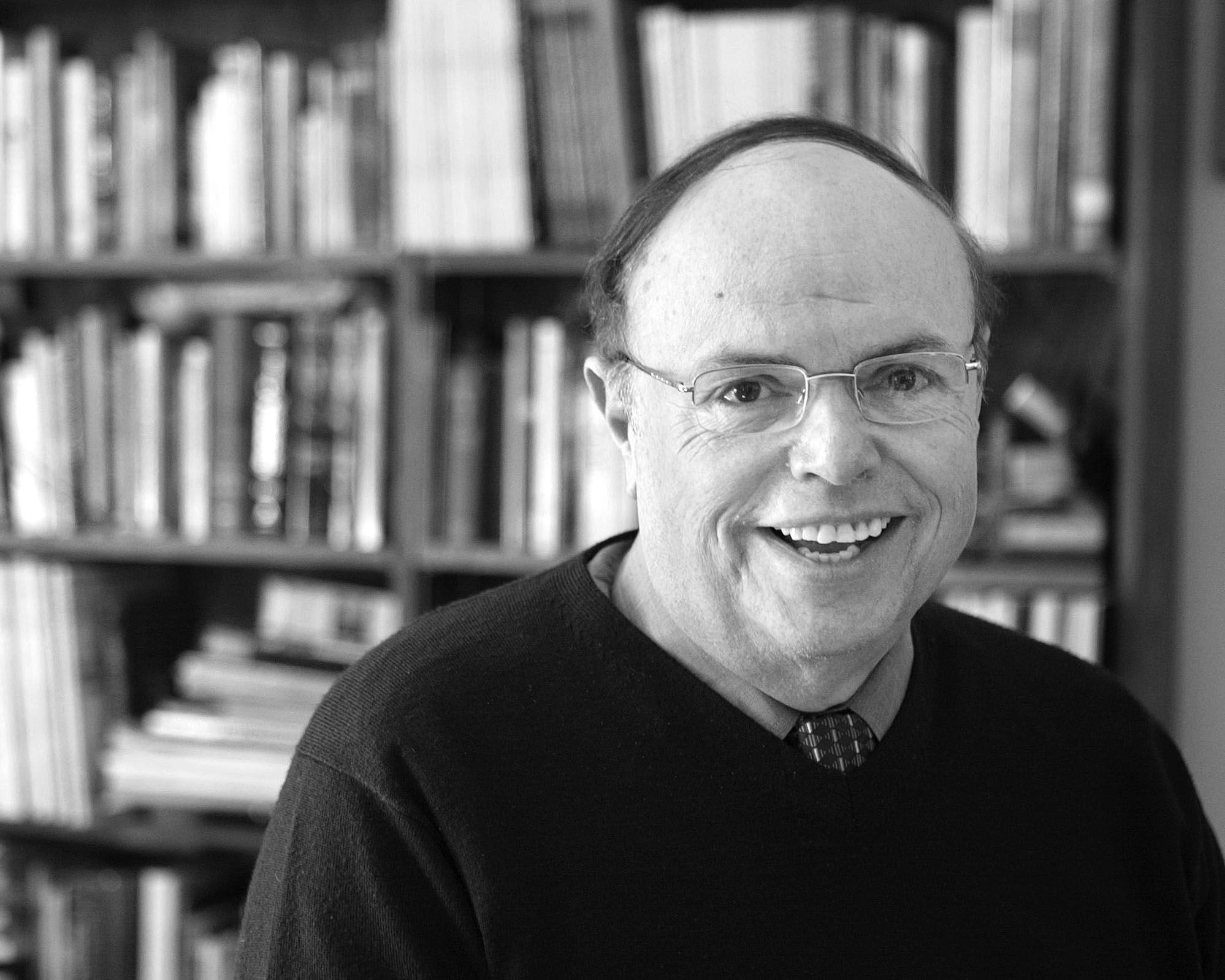
It is not an exaggeration to say that one morning I awoke to find the world had changed and that the change had me scrambling to adjust to what was now my new normal. As a brick and mortar, “boots on the ground” Speech-Language Pathologist (SLP) working in the school system, I was now in a situation that was unfamiliar—providing speech therapy services from a distance, physically separated from my students. I spent hours engaged in discussions with co-workers on how COVID-19 had rudely kicked us out of our comfort zones—disrupting our routines and bringing chaos to our plans. We maintained connections during our quarantine by sharing our confusion, frustration and fear of the changes the pandemic had introduced into our lives and workplaces. We found support in sharing our resources and hard-earned knowledge of how to maneuver this new-to-us method of delivering services to our students.
During a phone conversation with the mother of one of my high school speech therapy students I was reminded that many students with language barriers were equally affected by the changes brought by COVID-19. These students were unable to use language to express their frustrations and concerns, or to engage others in an effort to gain information the way my co-workers and I had. She shared with me how her son, who was profoundly deaf and diagnosed with a disorder that resulted in intellectual deficits, was having difficulty understanding why his homebound teacher was no longer coming to his house. He was frustrated that he was no longer going on his weekly outings to the public library where he picked out books after his speech therapy session in which he was learning to use the TouchChat to augment his existing mode of communication—gestures and signed words. She went on to explain how her son had started to act out his frustrations. I told her that I’d look for some AAC material about the virus, so that he would have a way of learning about it, as well as gaining the vocabulary needed to talk about it to his family.
My online search resulted in me making lots of purchases of AAC materials from paid sites, as well as signing up for newsletters and following blogs for their free AAC resources. What I did not end up with was a good AAC activity to address the virus that had disrupted my student’s life. So, as an SLP, I did what any SLP would do—I created what he needed. After watching several YouTube videos, I used Microsoft PowerPoint, ChatEditor and pictures from the Pixabay site to create a PowerPoint that when saved as a pdf file could be viewed as a PowerPoint presentation or as an iBook on an iPad or MacBook. The “book”, The Bad Germ, was created to address a few of the things that had changed in my student’s world.
Along with providing my student the ability to engage with and make connections with others in his family experiencing changes due to COVID-19, The Bad Germ targets skills such as navigation of his device, the use of core vocabulary, and the use of spelling to create fringe words not found on his device. I wanted the book to have the added language and literacy benefit of being predictive and repetitive. I also took into consideration that he was technically a senior in high school and wanted the pictures in his book to look age appropriate.
Our first distance session together was an epic event that took the combined efforts of my student’s mother, his homebound teacher and me. Not only was it epic in its coming together, it was epic in its results. At the end of an hour-long session there was a very tired, but happy student, mom, teacher and speech pathologist. It was at the end of this first session that I knew I wanted to share this “book” with others. I wasn’t sure how to legally do so due to copyright laws, so I contacted Saltillo. I am very thankful that I was given the opportunity to share The Bad Germ on this forum. I hope you enjoy the same success using The Bad Germ with your students as I did with mine.
Cynthia A. Martin, M.A., CCC-SLP

Read and download the book now!
















